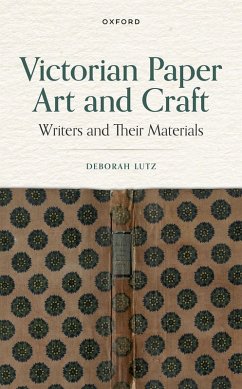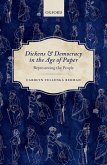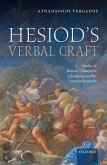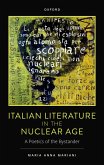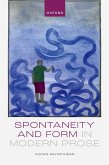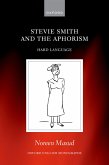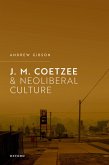This book shows how authors in nineteenth-century Britain used the materials of writing (and of reading, drawing, and handicraft) for inspiration and creative composition. In doing so, it reshapes the sensory history of working on and with paper. These activities were many and varied: Charlotte Brontë composed poems and doodled in the margins of school books, George Eliot recorded writing ideas on her blotter, Elizabeth Barrett Browning sewed paper to paper to edit her poems, and Jane Austen employed straight pins to "cut and paste." Albums provided a playful space to collect and to produce text-and-collage gifts for friends, circumventing print culture for a more intimate book making, as Elizabeth Gaskell and Anna Atkins knew. Notebooks and commonplace books were vital to Eliot, Michael Field, and Emily Brontë as part of a writing process. Writers experimented with crafts and needlework to compose text without paper and ink, most notably in the case of samplers. What writing and drawing happened on-including bibles, sewing patterns, and walls-mattered, as related to, and generative of, the themes of the work. This expansive field of meanings that creativity with textual (and material) things could have was common to the Victorians, but the writers explored here were extravagant even among their self-reflexive contemporaries in their undoing, remaking, miniaturizing, encrypting, reusing, and transforming. The edge of the page, the width of the margin, the covers of the book, were limiting factors, but also provocations to push on further, be radical.
Dieser Download kann aus rechtlichen Gründen nur mit Rechnungsadresse in A, B, BG, CY, CZ, D, DK, EW, E, FIN, F, GR, HR, H, IRL, I, LT, L, LR, M, NL, PL, P, R, S, SLO, SK ausgeliefert werden.

